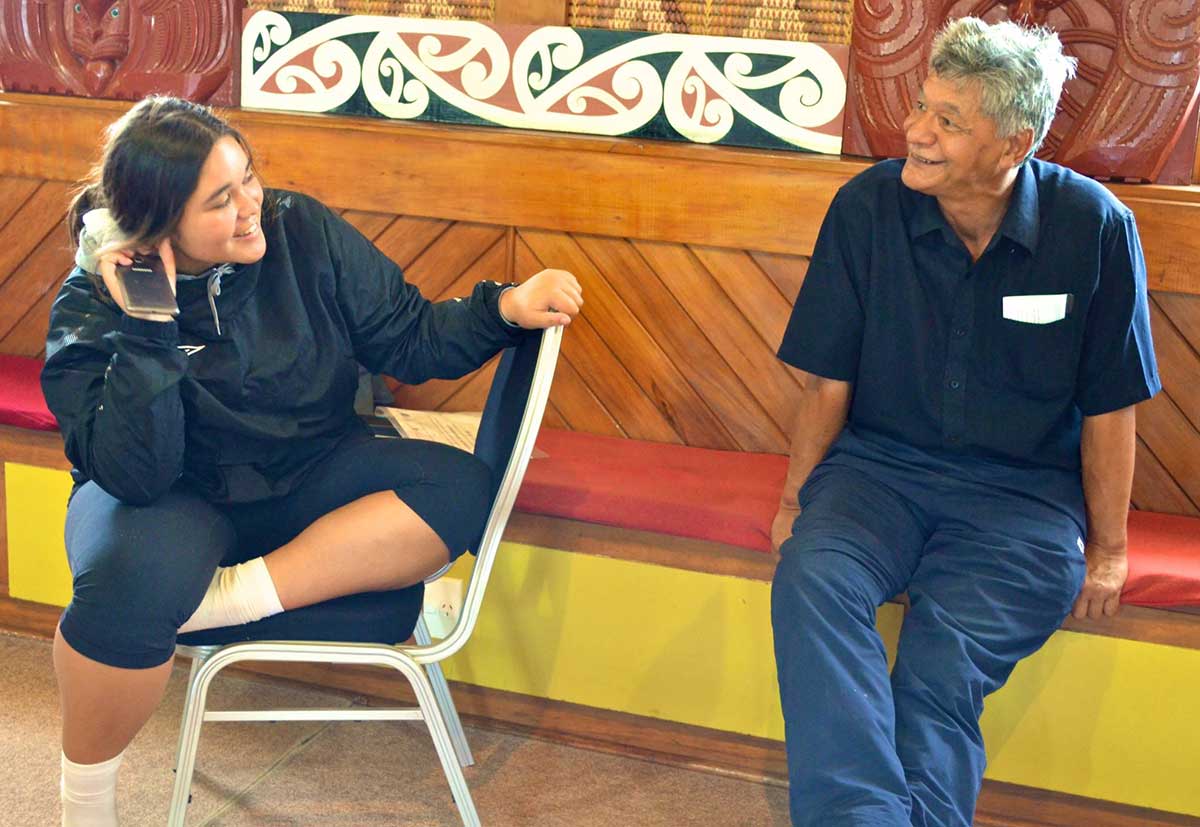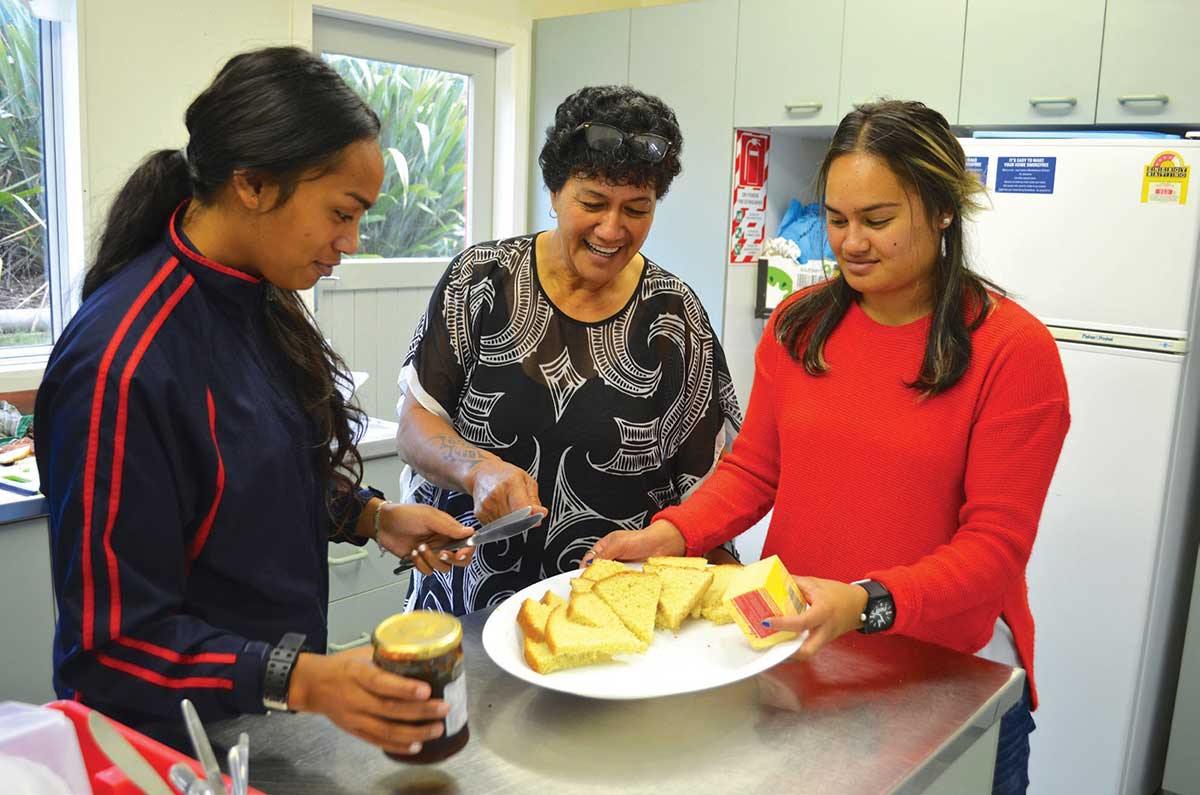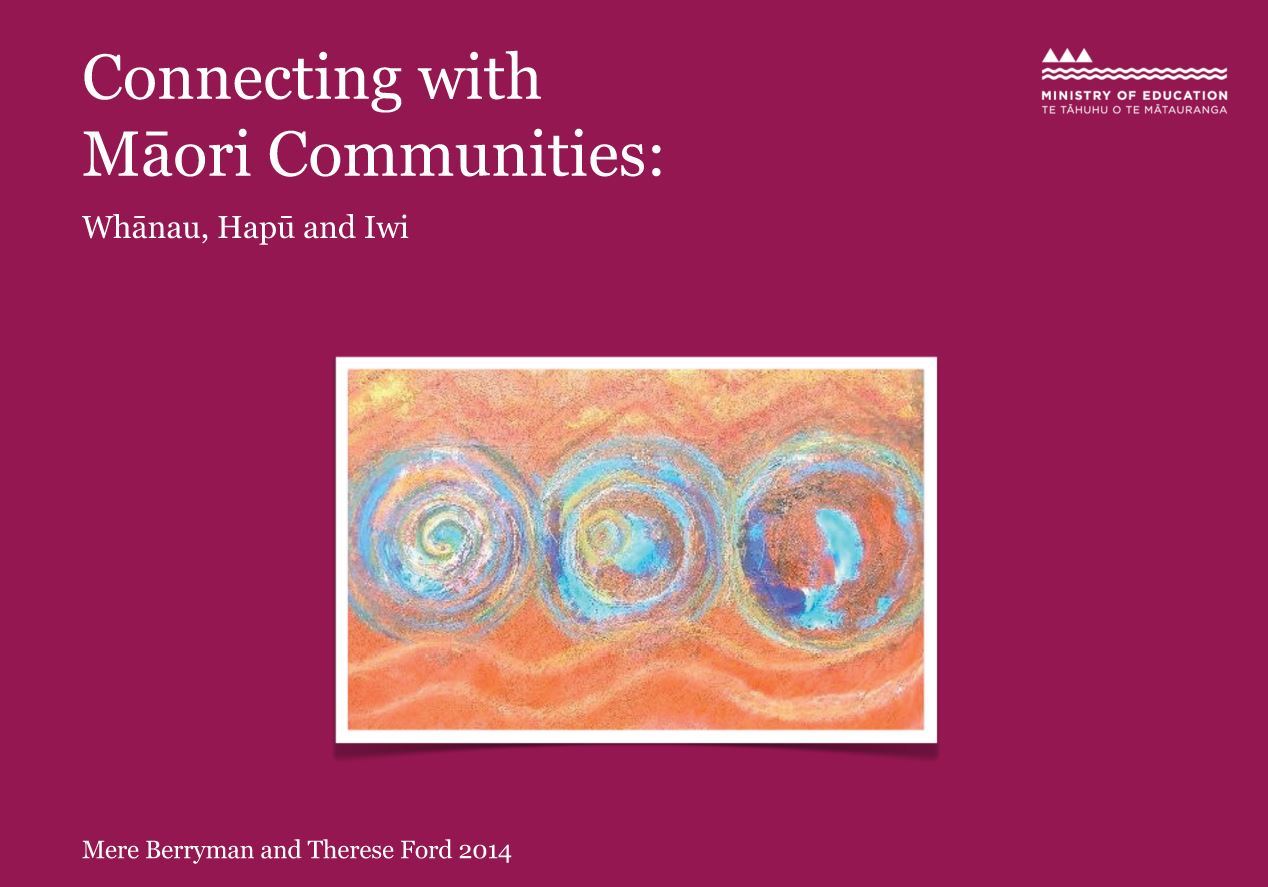Whakatere hono ākonga torokaha, ākonga tū kaha
Activate educationally powerful connections to learners’ knowledge, experiences, identities, whānau and communities
Educationally Powerful Connections


Whakatere hono ākonga torokaha, ākonga tū kaha
Activate educationally powerful connections to learners’ knowledge, experiences, identities, whānau and communities
'Cultural capital’ is a term used to encapsulate the store of cultural experiences, knowledge and attitudes a child can build their learning from when they go to school. For some families and communities there is already a high degree of cultural continuity and match with schools. The knowledge and activities that are part of the home culture are already relatively well-tuned to the activities at school, or vice versa (McNaughton, 2002).
This is often not the case for many indigenous students, including Māori.

Involving whānau, hapū, iwi and Māori organisations can bring in-school and out-of-school learning together to support valued outcomes for rangatahi Māori. If effective connections are to be developed, Principals and teachers must respect and value the cultures of their students’ home communities, and parents need to be able to access, learn and value the education culture of the school.
In a context where power is shared, the principle of ako – reciprocal learning and teaching – becomes fundamental to developing connections that will work for both groups. The extent to which the culture of the home and the school align can have a powerful influence on the enjoyment and educational success of rangatahi Māori.
Resources comprising videos and sets of focusing questions have been developed with Kia Eke Panuku schools to deepen our understanding of effective contexts for learning. Click on the link to explore the video collections which features contributions from William Colenso College, Flaxmere College and Kerikeri High School.
When Kia Eke Panuku school leaders, teachers and whānau co-construct ways of engagement based on their own critical questions, learning and self-review, it can lead to more successful connections being forged. Bull, Brooking, and Campbell (2008) found that successful home-school partnerships:
 Educationally powerful connections amongst schools, whānau, hapū and iwi provide students with increased coherency as they move between Māori communities, home and school.
Educationally powerful connections amongst schools, whānau, hapū and iwi provide students with increased coherency as they move between Māori communities, home and school.
What is remarkable about the combined commitment in such relationships is that, when they work, the magnitude of the positive impacts on rangatahi can be substantial.
An unambiguous focus on Māori students enjoying and achieving education success as Māori prompts a number of critical questions that lead us to becoming better conscientised to our own context. For example:
In raising these questions, Kia Eke Panuku school leaders, teachers and whānau members can identify what they need to do to foster educationally powerful connections in ways that exemplify greater respect, power-sharing and co-construction.

It begins by connecting with related principles from the Ka Hikitia strategy and then provides the theoretical framework for developing effective educational connections between schools and their Māori communities.
view: eBook (PDF)
go to: online version